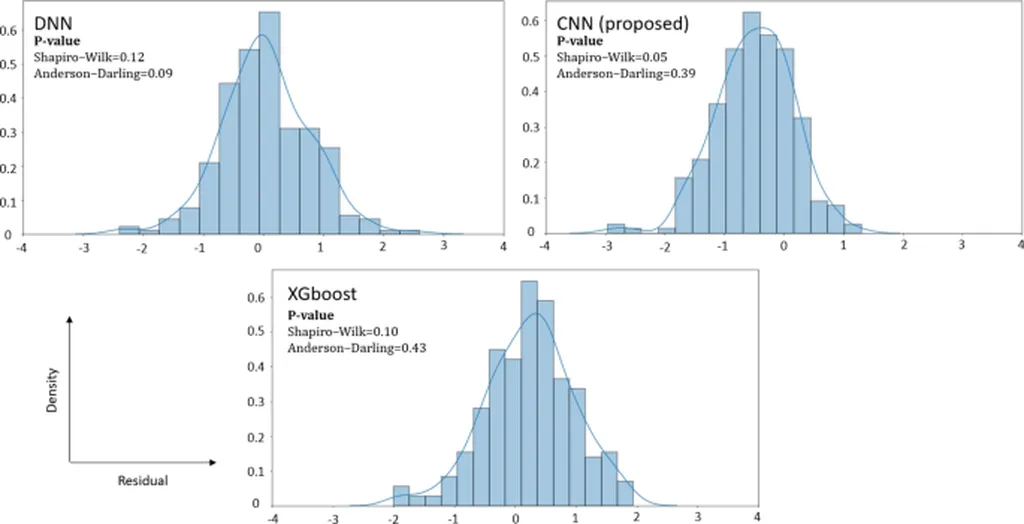In the quest to bolster global food security and optimize crop management strategies, researchers have developed a novel approach to long-term, large-scale winter wheat yield forecasting. Published in *Smart Agricultural Technology*, the study introduces a Bayesian-Temporal Convolutional Network (BTCN) that leverages multi-source data to predict winter wheat yields across China with unprecedented accuracy.
The research, led by Shuyuan Wang from the State Key Laboratory of Information Engineering in Surveying, Mapping and Remote Sensing at Wuhan University, addresses a critical gap in agricultural technology. While regional and national-scale yield predictions have been explored globally, long-term and large-scale forecasting for winter wheat in China has remained elusive until now.
The BTCN model integrates phenological aggregation, a technique that assesses the contributions and interferences of various data sources on yield estimation. By temporally aggregating multi-source predictors based on phenological stages, the model provides a comprehensive analysis of yield determinants. “Our approach not only improves the accuracy of yield prediction but also enhances our understanding of the uncertainties and spatiotemporal features involved,” Wang explained.
The study utilized winter wheat yield data from 2001 to 2019, benchmarking the BTCN’s performance against three other widely used machine learning models. The results were impressive, with the BTCN achieving an average R² of 0.741, outperforming its counterparts. This high level of accuracy is a game-changer for the agriculture sector, enabling more precise planning and resource allocation.
One of the most intriguing findings was the geographical disparity in yield predictors. In northern China, Enhanced Vegetation Index (EVI) and water factors were found to be crucial, while in the south, early-stage water and heat factors played a more significant role. Additionally, the phenological stages varied by region, with an earlier maturation period observed in the Yangtze River basin. “These insights are invaluable for tailoring crop management strategies to specific regional conditions,” Wang noted.
The study also highlighted the potential pitfalls of overabundant predictors, which can introduce noise and uncertainty, affecting the reliability of yield estimations. This finding underscores the importance of data curation and the need for models that can effectively filter out irrelevant information.
The commercial implications of this research are substantial. Accurate, large-scale yield predictions can help farmers, agribusinesses, and policymakers make informed decisions, optimize resource use, and mitigate risks associated with crop production. For instance, insurance companies can offer more precise coverage based on predicted yields, while commodity traders can make better-informed market decisions.
Looking ahead, the BTCN framework could be adapted for other crops and regions, further expanding its impact. The model’s ability to handle large-scale data and provide spatiotemporal analysis makes it a powerful tool for sustainable agricultural development. As the agriculture sector continues to evolve, integrating advanced technologies like the BTCN will be crucial for meeting the growing demand for food while minimizing environmental impact.
In the words of Shuyuan Wang, “This research not only advances our understanding of crop yield prediction but also paves the way for more sustainable and efficient agricultural practices.” With the BTCN model, the future of agriculture looks brighter and more data-driven than ever before.

